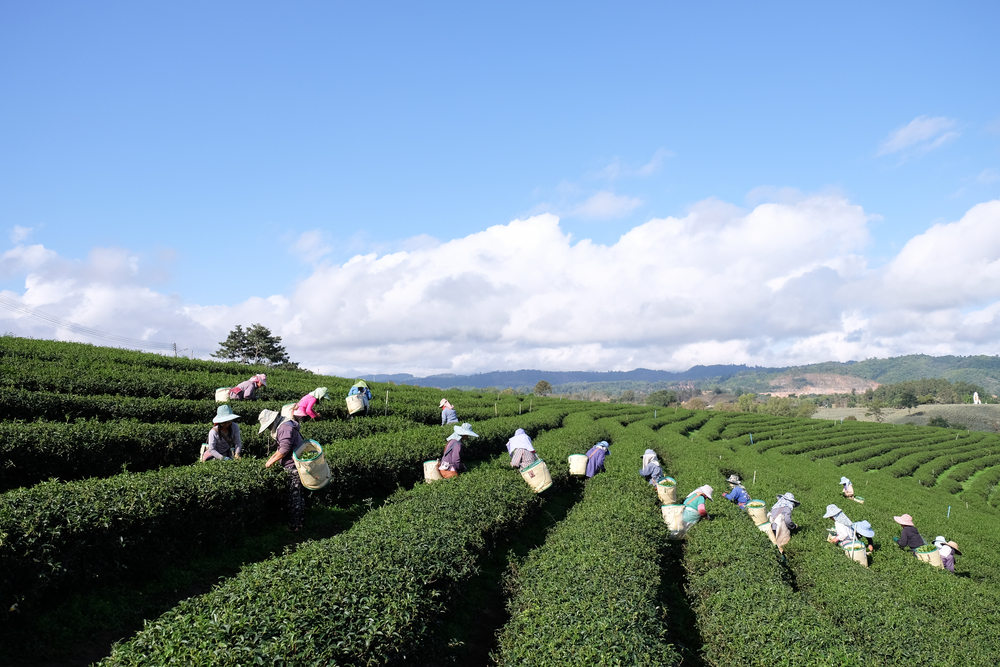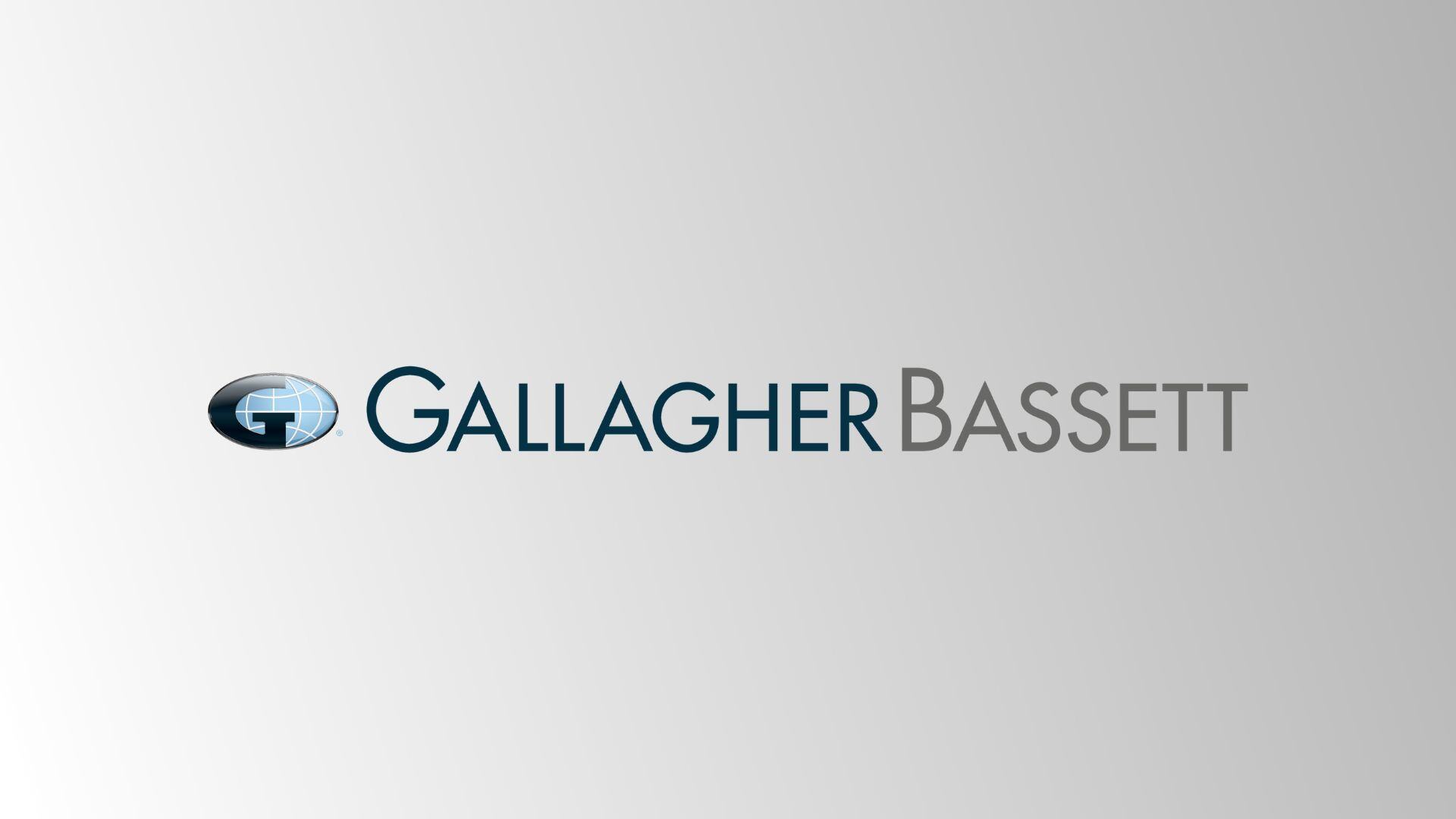Working outdoors? Beat the burn and stop concern

Being mid summer, and temperatures high, we’ve collated some practical tips on how employers can protect employees by providing a safe working environment that is free of any potential health risks.
For most, summer is highly anticipated and involves post work swims, barbeques, backyard cricket and hours spent at the beach. For the likes of construction workers, lifeguards, traffic controllers and other occupations that have an outdoor nature, summer is a long and exhaustive quarter where they are put at higher than average risk of developing skin cancer.
Australia and New Zealand have the highest rates of skin cancer in the world and for many; the workplace is a major source of exposure.
Understanding Solar UltraViolet Radiation (UVR)
In order to implement and introduce sun protection control measures, it is important that employers understand UVR.
Solar UVR is part of the electromagnetic spectrum emitted by the sun and is composed of three wavelengths: UVA, UVB and UVC. Both UVA and UVB are the known causes of skin cancer.
Solar UVR does not depend on temperature, can be high- even on cold and cloudy days, and can pass through loosely woven material. It can also bounce of reflective surfaces (such as water, snow and metal).
The most common effect of short term exposure to ultra violent radiation (UVR) is sunburn. In the longer term, repeated or excessive exposure to the sun can cause solar keratosis (sunspots), effects on the eyes, premature ageing of the skin, and the most serious of all, skin cancer.
This provides some idea of how there is such a great health and safety risk associated with the exposure of solar UVR and outdoor workers and the importance of employers having sound sun protection policies implemented to reduce hazards.
Protecting your workers
Occupational health and safety legislation has the clear objective of preventing illness and injury at work and saving lives. Employers who fail to put measures in place to protect their workers from sun exposure will face greater risks of compensation claims.
To assist employers in mitigating risk and reducing the chance of sun inflicted injuries being sustained in the workplace, the Cancer Council Australia recommends workplaces have a comprehensive sun protection program in place that includes:
- Risk assessments: which include identifying employees, situations and work systems that have high risk exposure to UVR
- Sun protection control measures: engineering controls and physically changing the work environment (provision of shade, window tinting and/ or modifying reflective surfaces), administration controls (re-scheduling outdoor work programs and using SunSmart UV alert) in addition to provision of sunblock, personal protective equipment and clothing to reduce the exposure to UVR.
- Training employees to work safely in the sun: the provision of information, instruction, training and supervision for employees.
- Sun protection policy: documentation of the program, including control measures, in a written policy.
- Monitoring program effectiveness: a process to determine the effectiveness of control measures and identify changes that may further reduce exposure.
In addition to sunscreen and protective wear, staying hydrated is critical in surviving the heat of summer. Send us a photo of you or your employees/ colleagues being ‘sun smart’ at work. We’ll be giving away GB drink bottles to the winners.
*Competition closes 10th March 2017
Don’t hesitate to contact us for more practical tips on how to implement better sun protection practice or to learn more about skin injuries and how it relates to workers compensation claims.
Author

